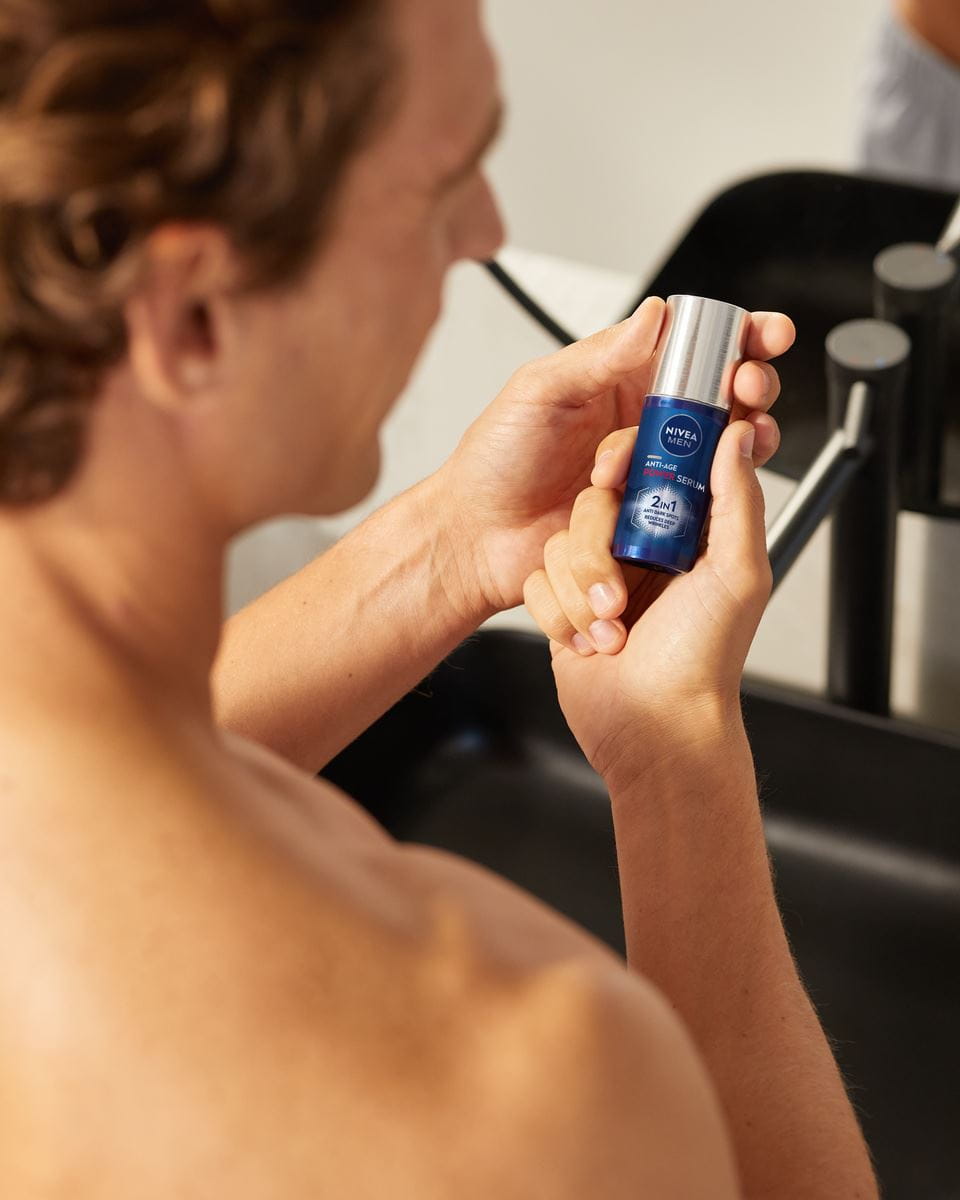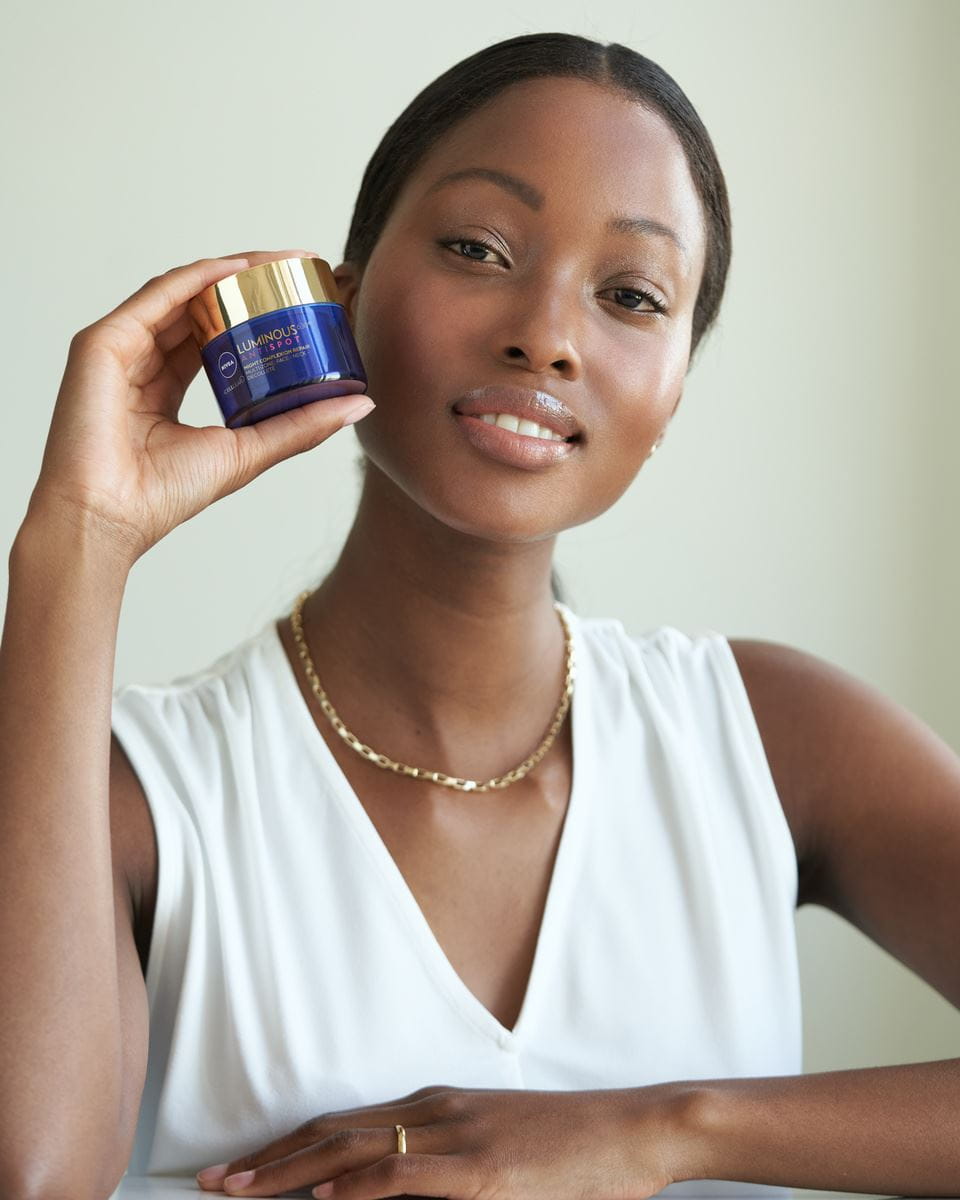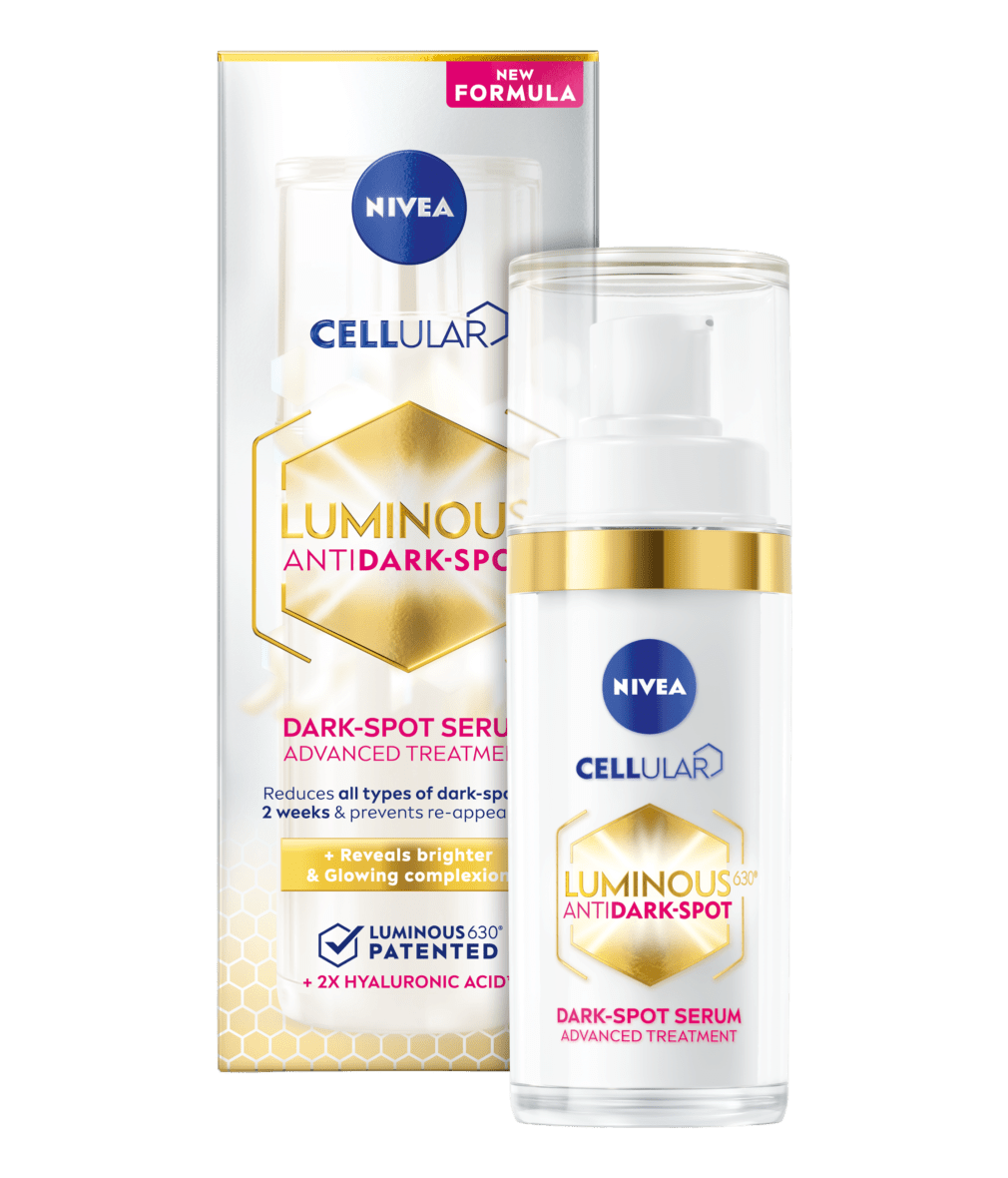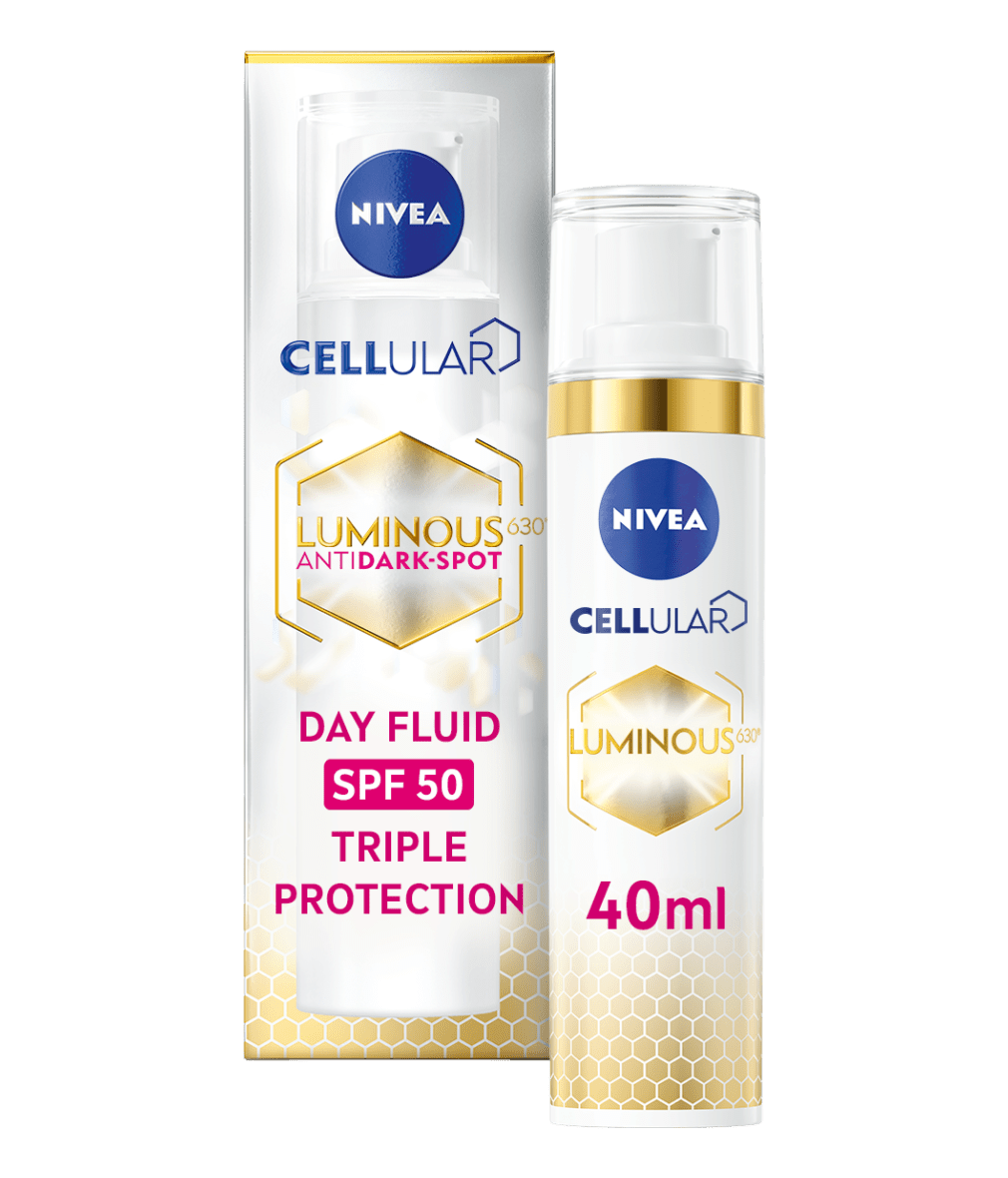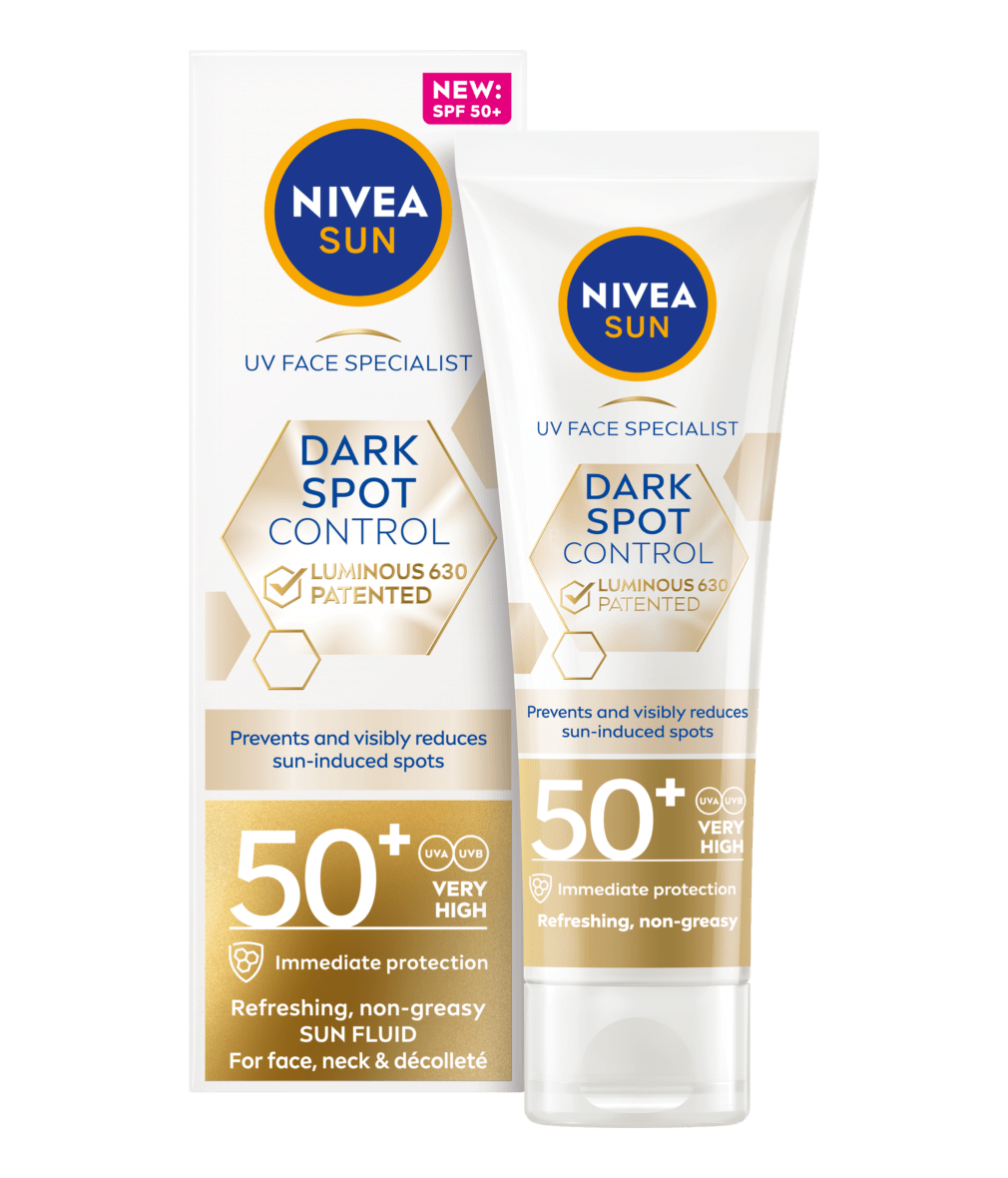
What is Melasma? Causes, care & prevention
Melasma is a form of skin discolouration. Here is everything you need to know about what melasma is, its causes, if you can get rid of or prevent it, and a skincare routine you can adopt to reduce its appearance.
Understanding melasma on the skin
What is Melasma?
Melasma is a common skin condition characterised by brown or grey-brown patches, typically appearing on the face in irregular patches, fairly symmetrically distributed. These patches often develop gradually over time and are caused by an overproduction of melanin, the pigment responsible for skin colour.
Hormonal changes, sun exposure, and genetics are common factors contributing to melasma and while it isn't harmful, the uneven skin tone can be distressing for those affected. This prompts many to seek treatment options such as topical creams, chemical peels, or laser therapy to help lighten the affected areas.
Hormonal changes, sun exposure, and genetics are common factors contributing to melasma and while it isn't harmful, the uneven skin tone can be distressing for those affected. This prompts many to seek treatment options such as topical creams, chemical peels, or laser therapy to help lighten the affected areas.
Melasma on the body
Where on the Body is Melasma Commonly Found?
Melasma is commonly found in areas of the body that are regularly exposed to sunlight. The most typical locations include the face, particularly the cheeks, forehead, chin, and above the upper lip. These areas are more susceptible to the development of melasma due to their constant exposure to ultraviolet (UV) rays.
While less common, melasma can also manifest on other parts of the body such as the arms, neck and back, presenting unique challenges for both women and men.
While less common, melasma can also manifest on other parts of the body such as the arms, neck and back, presenting unique challenges for both women and men.
What causes melasma
4 Common Causes of Melasma
Melasma can be triggered by various factors, with four primary causes being:
How to get rid of Melasma
4 Ways to Help Get Rid of Melasma
Facts Overview
Melasma Facts
Melasma skin care routine
NIVEA’s Skin Care Routine for Melasma Prone-Skin
Introducing a targeted skincare routine can help reduce the appearance of melasma and promote a brighter, more even complexion. Here's a tailored skincare regimen using NIVEA products, which suits melasma prone-skin:
How Does NIVEA Luminous630® Help to Reduce Brown Spots on Skin Prone to Melasma?
Summary
Melasma at a Glance
Melasma, a common skin condition, manifests as brown or grey-brown patches primarily on the face, often triggered by hormonal changes, sun exposure, genetics, or certain medications. It affects both women and men, with patches commonly found on the cheeks, forehead, chin and above the upper lip.
Treatment options range from topical medications to procedures like chemical peels or laser therapy, while prevention involves sun protection and hormone management. It is also possible to improve skin radiance and reduce pigmentation spots by using a tailor-made skincare routine like the one offered by NIVEA.
Treatment options range from topical medications to procedures like chemical peels or laser therapy, while prevention involves sun protection and hormone management. It is also possible to improve skin radiance and reduce pigmentation spots by using a tailor-made skincare routine like the one offered by NIVEA.
